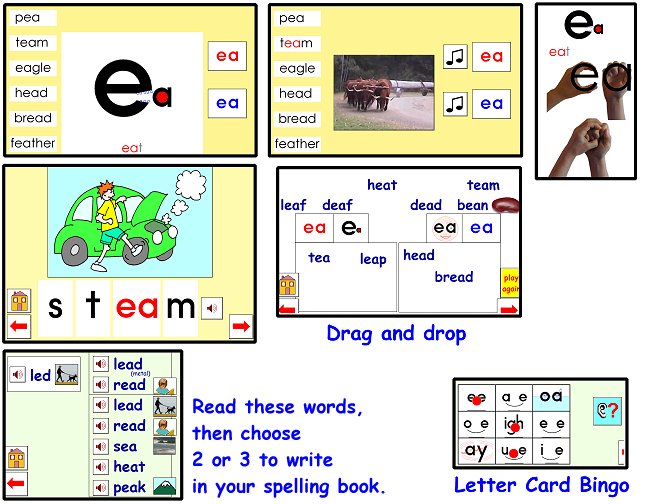How to Teach Phonics
Principles of “how to teach phonics”
- Start with the simple and progress to the more complex.
- Teach each new sound using several, multisensory approaches.
- Blend the sounds to make words.
- Give lots of practice.
- Make sure that you teach the sounds of letters and groups of letters before you ask children to read words with those sounds.
- Keep “sight words” to an absolute minimum.
It has been demonstrated by many studies and reviews that teaching logical, sequential and systematic phonics as the first method of teaching reading (i.e. before any sight words) is by far the most effective method. This is particularly so for children from a disadvantaged background. But, it does need to be taught in a way that is interesting, engaging and fun.
Other approaches can supplement and support this – extending vocabulary, the meaning of words and parts of words, familiarity with common endings, phonemic awareness exercises (if necessary), spelling rules …
The most common sound of each letter is taught first. Words and comics then practise blending these together so children can always be successful and not overwhelmed by many alternatives. Letter names and other sounds are taught much later in the program. “Tricky words” are also taught later, when they are no longer really “sight words” since there is very little in them that children have not already learned.
Learning to read, write and spell are complementary activities that should develop together and reinforce each other. Letter cards and other activities are part of the multi-sensory approach which provides for a variety of learning styles and reinforcement of basic/key/necessary skills. Spelling does need some extra skills such as remembering which way a sound is spelled in a word. This means that accurate spelling is usually achieved later than accurate reading.
It is important that children are taught correct starting points and directions when they first learn to write. This helps reduce letter-reversal confusions. It is also very difficult and frustrating for children to try to change habits once they have been established.
Two things are never done in Gilead® Success with Phonics. These are
- guessing words from the context, pictures, etc. and
- only looking at the beginning and ends of words and guessing the rest.
The combination of guessing and trying to remember words as whole words is the most common cause of the reading problems that emerge as reading material starts to become more complex (usually about the middle of primary school). A more appropriate use of context is that it causes you to notice when something does not make sense and you need to reread it.




